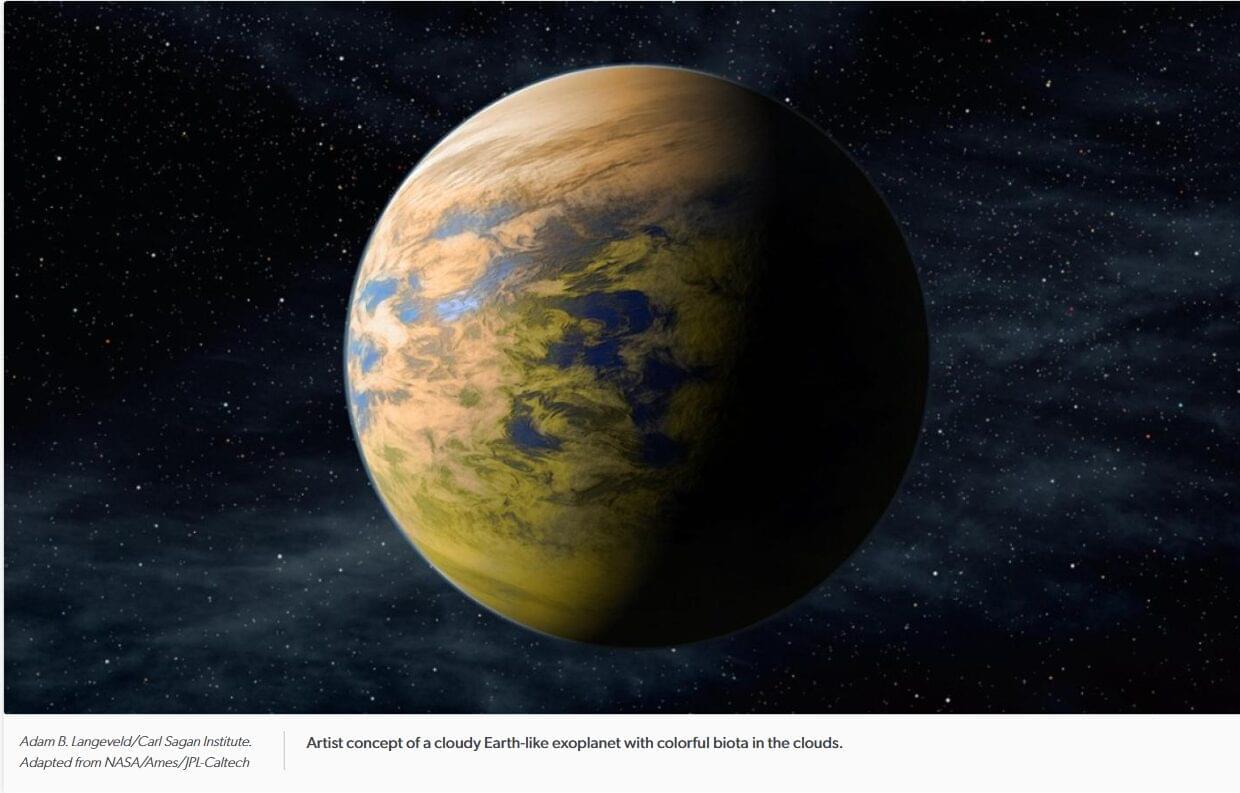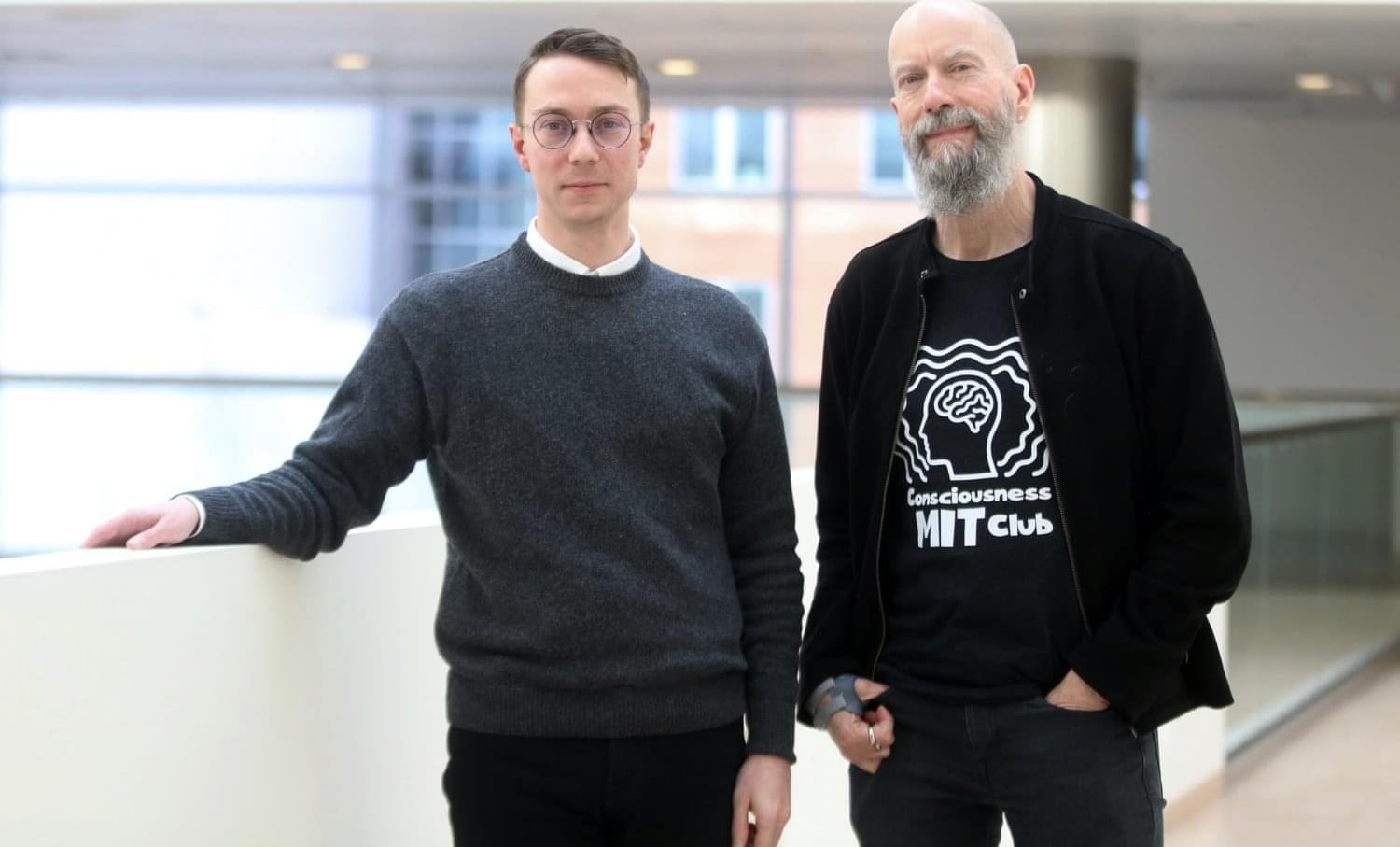Cloud cover is bad for picnics and for viewing stars through a telescope. But an exoplanet with dense or even total cloud cover could help astronomers search for signs of life beyond our planet.
Cornell researchers have created the first reflectance spectra—a color-coded key—of diverse, colorful microorganisms that live in the clouds floating above Earth’s surface. Astronomers don’t know if these bacteria exist elsewhere in the universe and in enough abundance to be detected by telescopes; on Earth they are not. But now, astronomers can use the color key in the search for life outside our world—making an exoplanet’s clouds, in addition to its surface and air, a promising realm for finding signs of life.
“There is a vibrant community of microorganisms in our atmosphere that produce colorful biopigments which have fascinated biologists for years,” said astrobiologist Ligia Coelho, 51 Pegasi b Postdoctoral Fellow in astronomy in the College of Arts and Sciences (A&S) and fellow at the Carl Sagan Institute (CSI). “I thought astronomers should know about them.”




